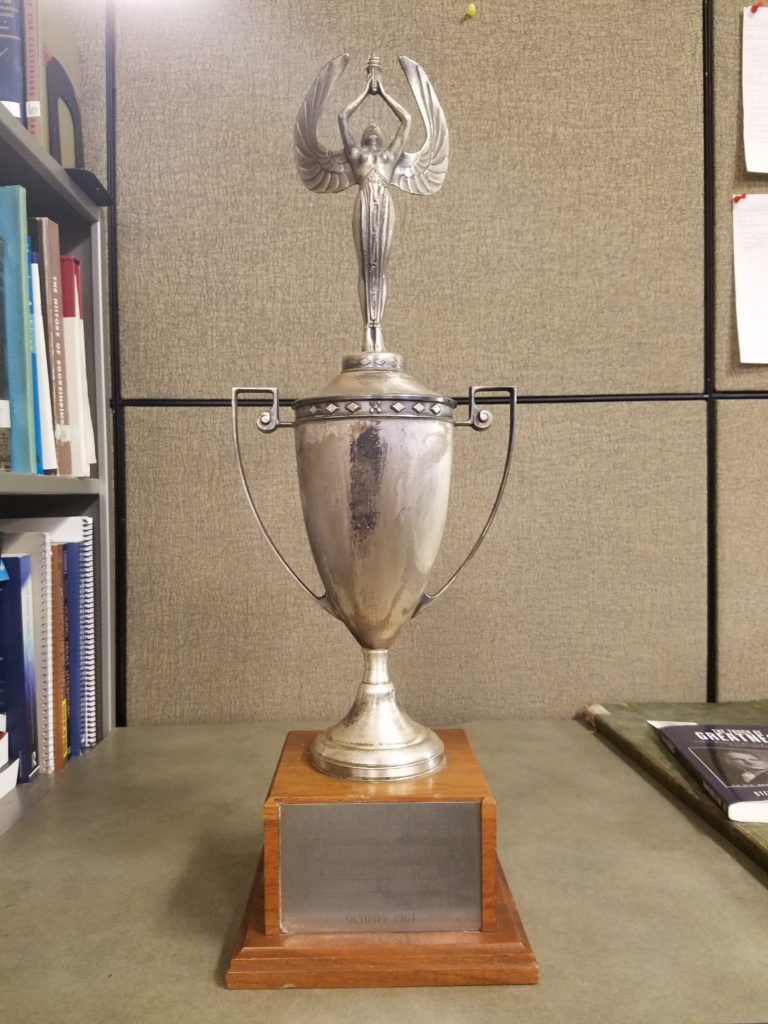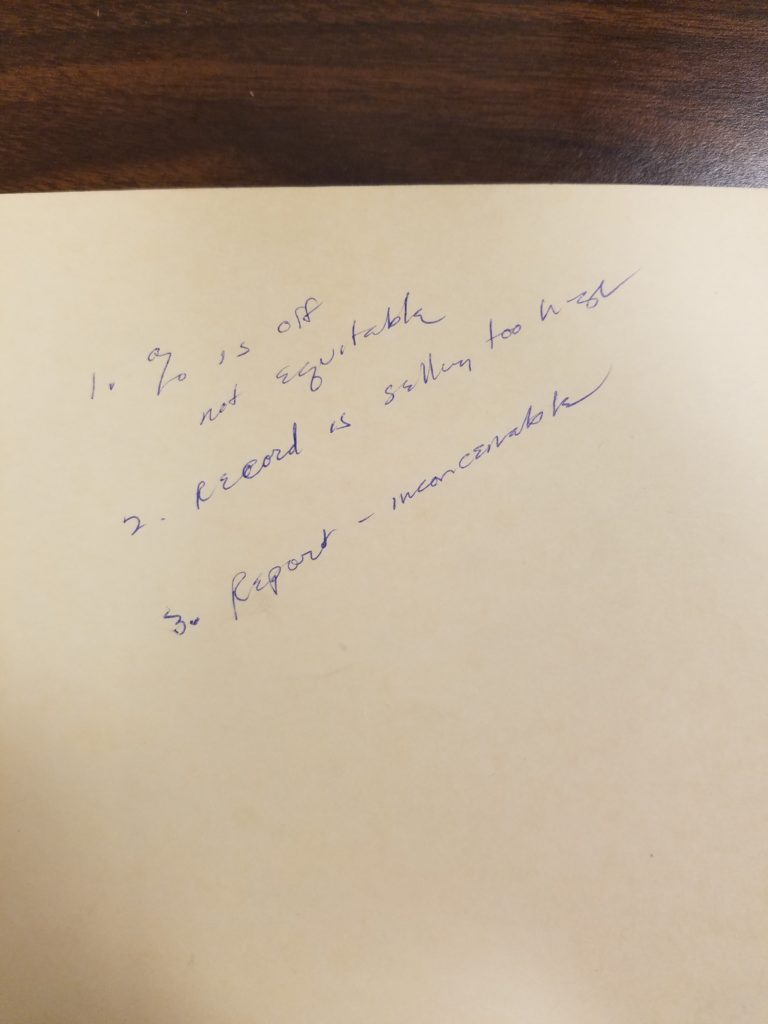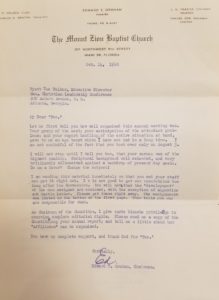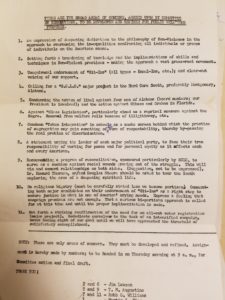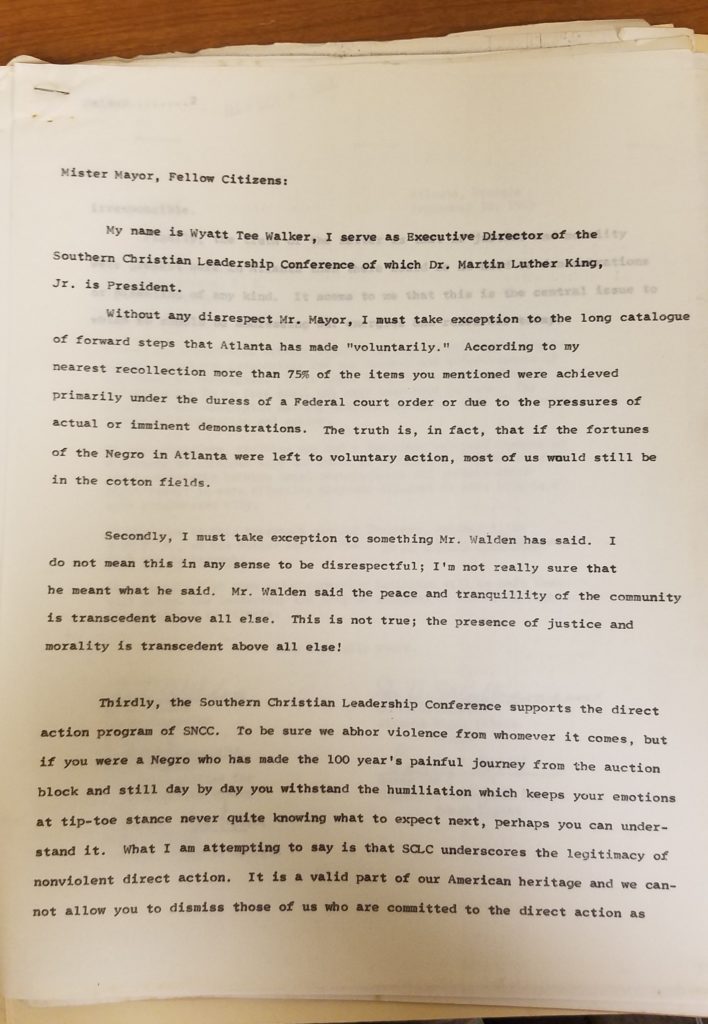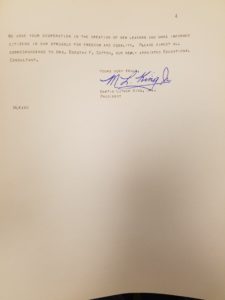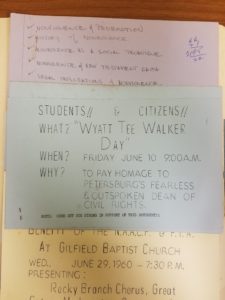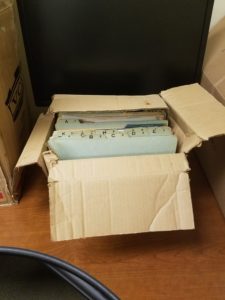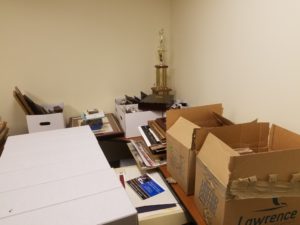(Note: This post was authored by Taylor McNeilly, Processing & Reference Archivist.) Next week the University of Richmond will be celebrating International Education Week with activities all week focused on South Africa. Given Dr. Walker’s close relationship with President Nelson Mandela, we knew we had to get in on the action! For this #WyattWalkerWednesday, I’ll be giving you a sneak peek into some of our activities for South Africa Week, but make sure to stop by campus next week to get in on all the fun!
Perhaps the most important role that the Dr. and Mrs. Wyatt Tee Walker Collection will play during South Africa Week will be during the Illuminated Tree Walk. Trees hold a special place in South African tradition and culture, and a large part of this event is intended to respect that tradition. The path of the walk begins at the International Center at 5pm and ends at the Heilman Dining Center, where a special dinner is being offered. Along the walk will be pop-up stations highlighting various aspects of South African culture and history. Some of these stations will explore themes such as justice, reconciliation, commemoration, and environmental stewardship. One such station will be manned by Rare Books Special Collections staff, and will focus on Dr. Walker, President Mandela, and the role of the U.S. civil rights movement in anti-apartheid.
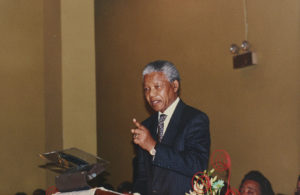
Nelson Mandela speaks at Canaan Baptist Church of Christ in Harlem as a guest of Dr. Walker during his first official visit to the U.S. as President of South Africa.
As a special setup, the Walker Collection station will include not just a table on which materials from the collection highlighting the previously mentioned themes will sit, but also a projector and screen setup showing digitized images from the collection. These images are taken from a photo album documenting President Nelson Mandela’s trip to Canaan Baptist Church of Christ as a guest of Dr. Walker. This visit was part of President Mandela’s first official visit to the United States and was perhaps a capstone in his relationship with Dr. Walker, who had been an outspoken anti-apartheid activist both domestically and internationally.
For more information about Dr. Walker’s ties to U.S. and South African anti-apartheid work, as well as to view more of the images documenting President Mandela’s visit to Dr. Walker’s Harlem church, come by the Illuminated Tree Walk next Wednesday at 5pm! And as always, check back here for more updates on the collection and its status as we continue to work on opening it to the public.

